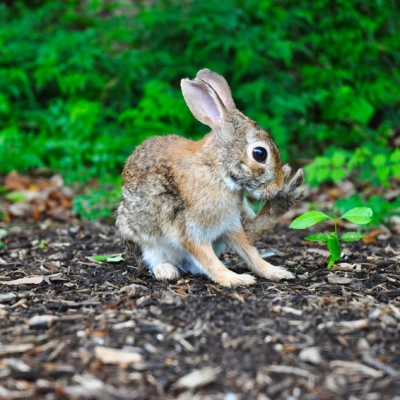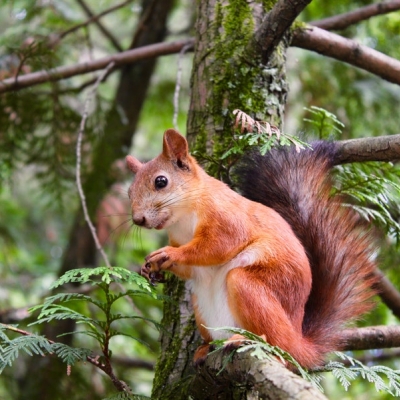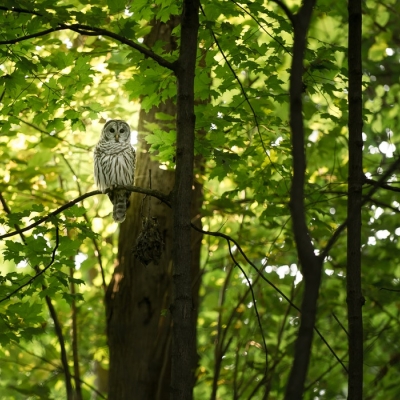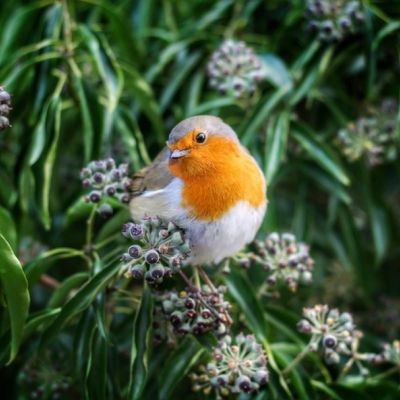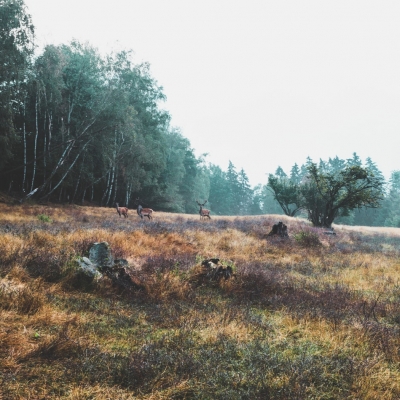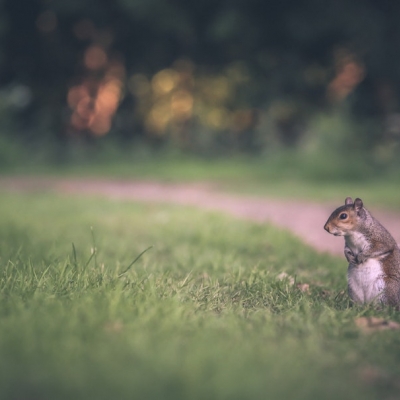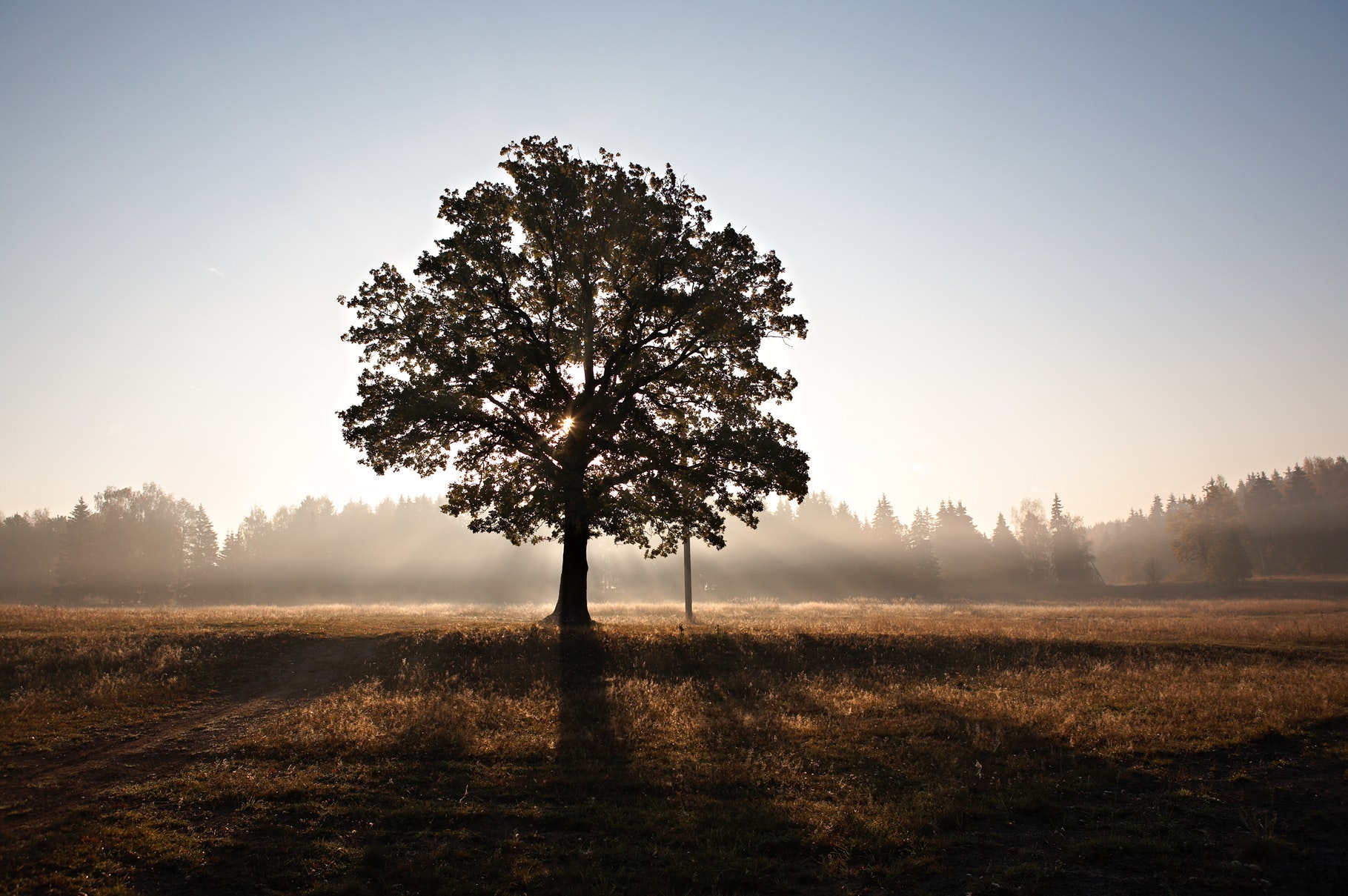
Deciduous Trees
Because of that, the angle of the sun rays changes throughout the year. The Earth is both revolving around the Sun and rotating in its own axis.
That means that in some portions of the year, the same geographical place receives different quantities and qualities of light.
With the changes in temperature and the amount of light received throughout the day, deciduous trees know that winter is coming.
They have evolved to respond to this by stopping the flow of nutrients and water to the leaves which causes them to wither and dry and fall to the ground. As the weather gets warmer more water becomes available for the tree, it can then resume growing leaves and obtaining nutrients again.
Without this protective cycle they would continue pouring nutrients and what limited water there is in the ground into the leaves which would cause them to freeze. It's a bit like how your blood flow pulls away from your fingers and toes, causing them to get cold faster than the rest of your body when exposed to cold weather.
The same thing happens here, but the process, while not alien has a slightly different execution.
Conifers (Needle Bearing Trees)
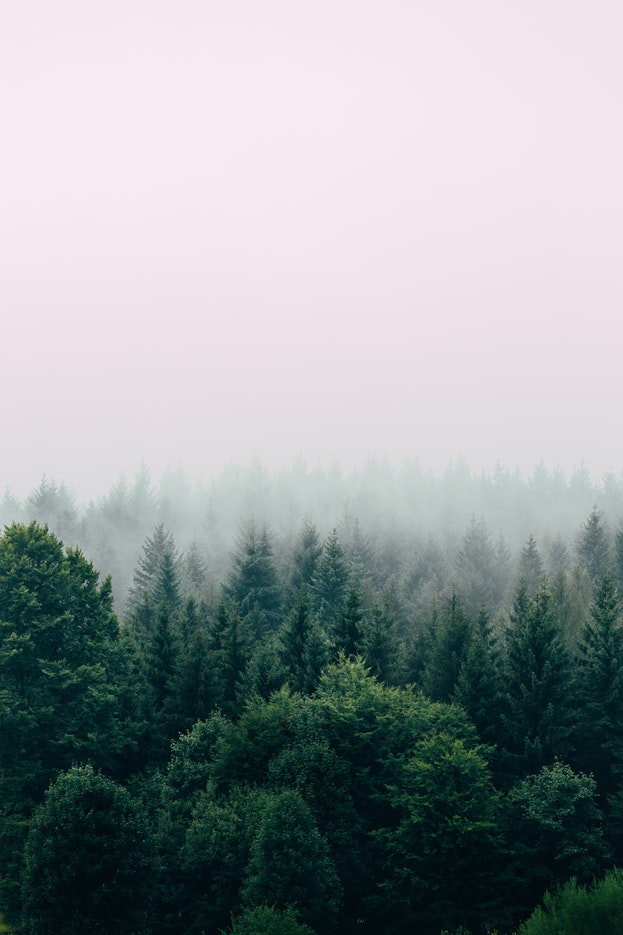
Conifers avoid having to lose their leaves by having their leaves grow hard and therefore aren't as easily affected by changes in temperature.
Color Changes
First, the leaves loose their green a the chlorophyll breaks down, then the yellow pigments, then the red ones. Only when there are no more pigmented cells left, can the leaf drops off and die.
A leaf is in many ways like your skin. And like your skin the leaves are shed once they are no longer needed in much the same way you shed dead skin cells.
Chlorophyll
Chlorophyll, the pigments that gives plants their distinctive green colour, is a molecule that absorbs sunlight and used that energy to make chemical reactions.
Chlorophyll works better at certain wavelenghts. Trees have a lot of different pigments (color compounds for absorbing light) in their leaves, just like humans do. These pigments absorb different colors of light, but they also decay at different rates when the leaves die. When fall rolls around, the reason you see all those nifty color changes is because the cells in the leaf, with the different pigments, start to break down as we've learned.
But there is another effect that we should look at.
Other effect of differential radiation (quality of the light) is that the places with less sunlight become colder.
Even though leaves can work in cold environments, the payout is minor (compared to a warmer environment), thus, the plant "decides" to turn off the photosynthetic system, move all its resources to storage and wait for everything to be better.
